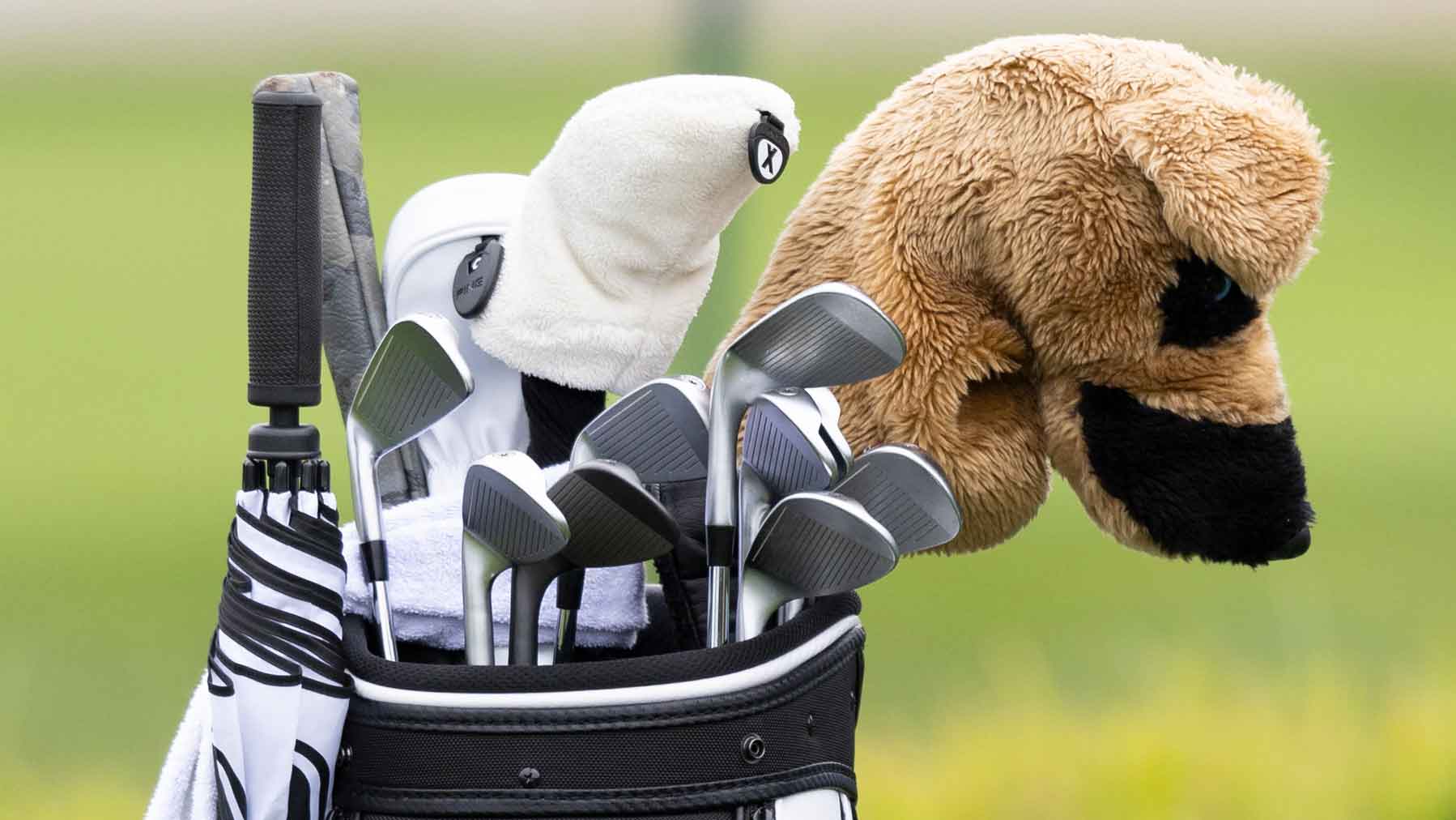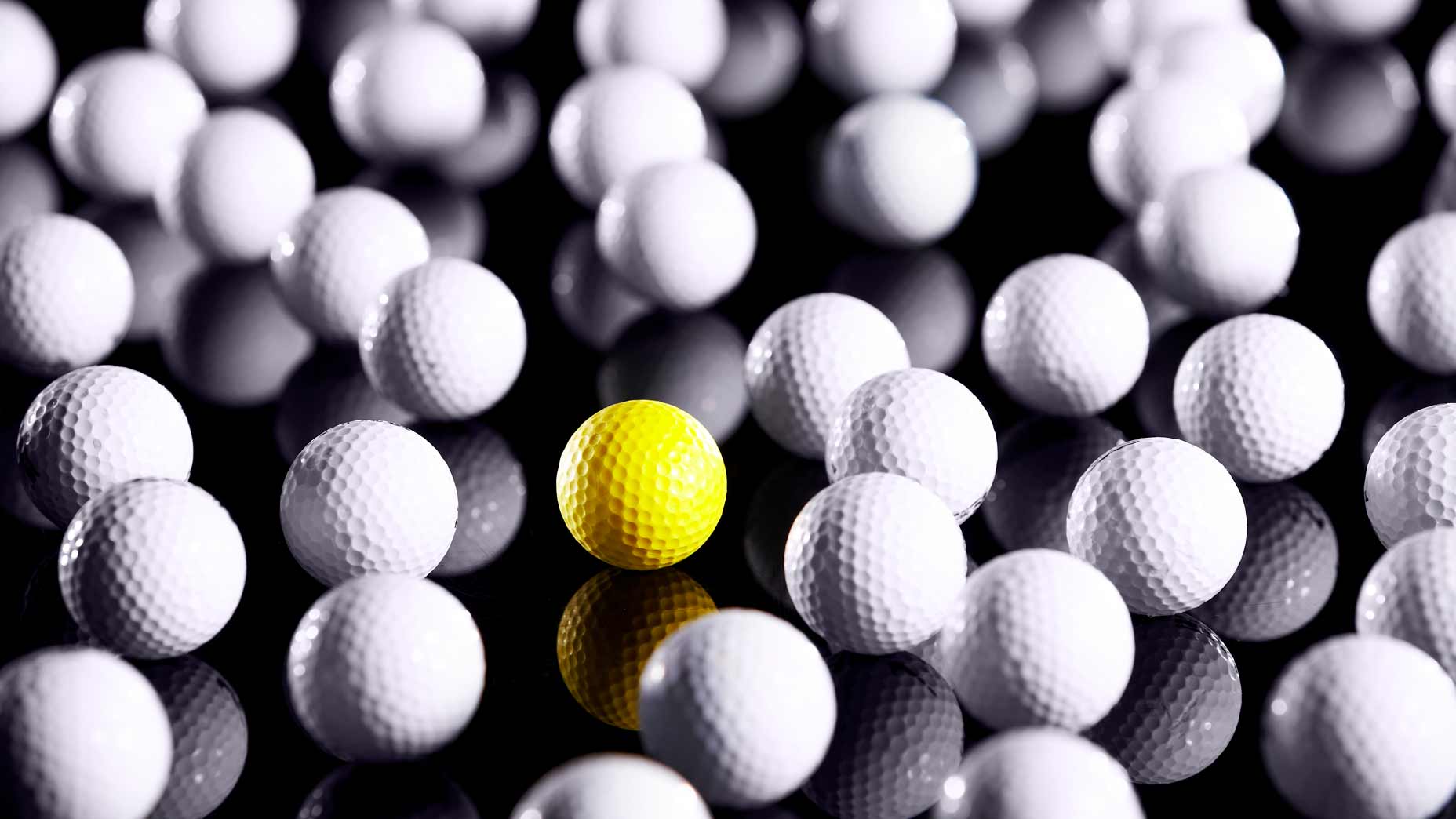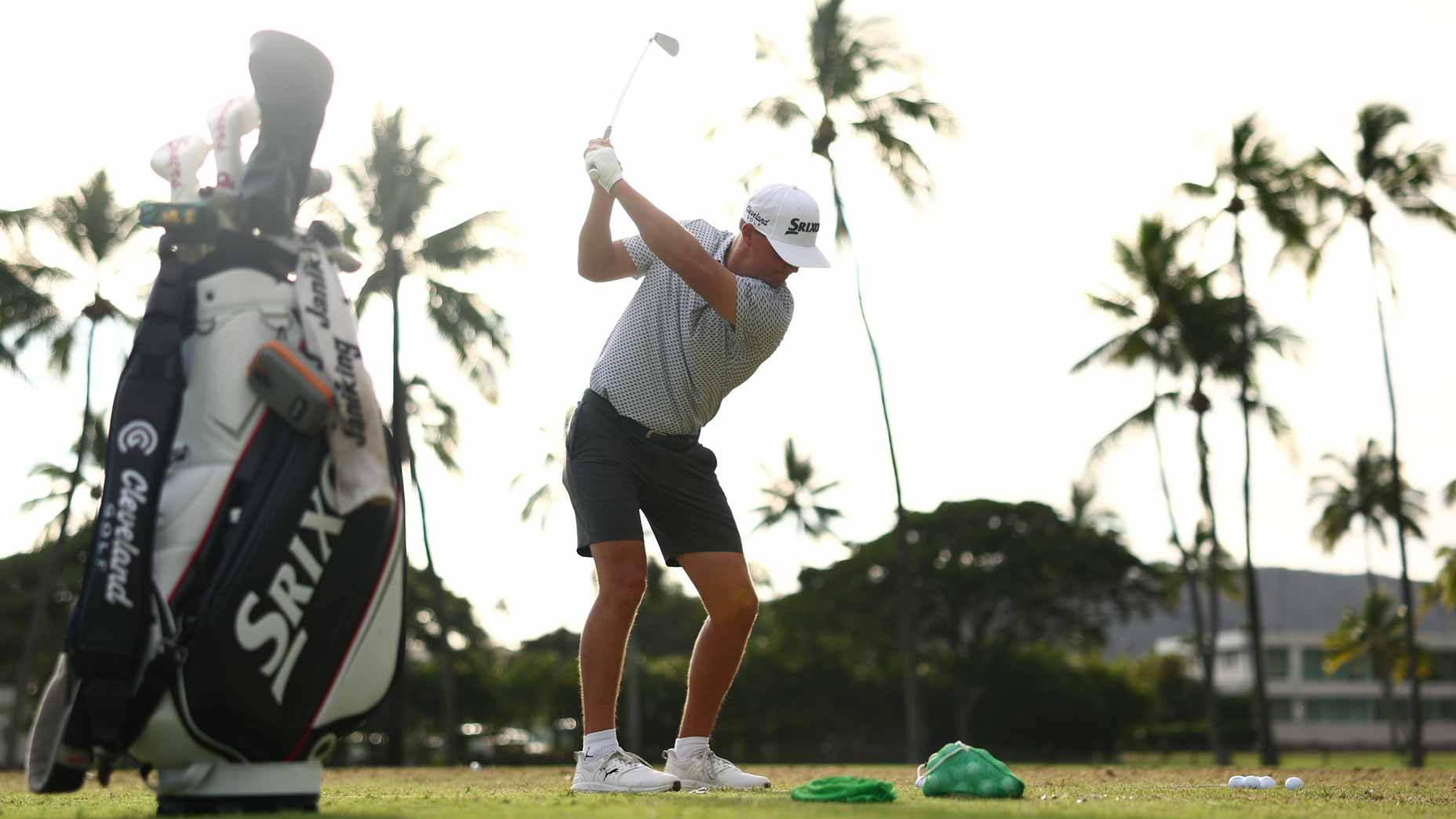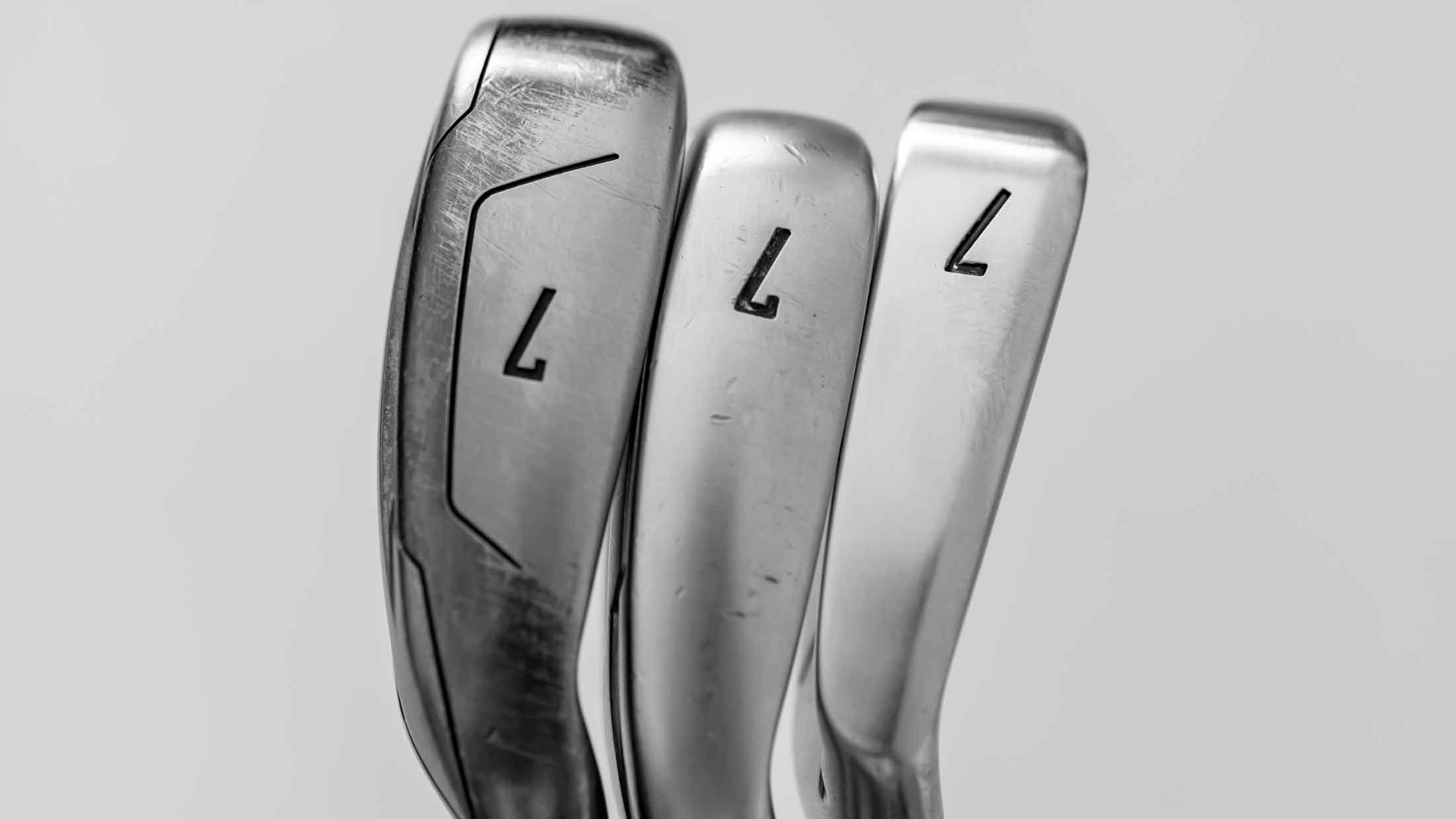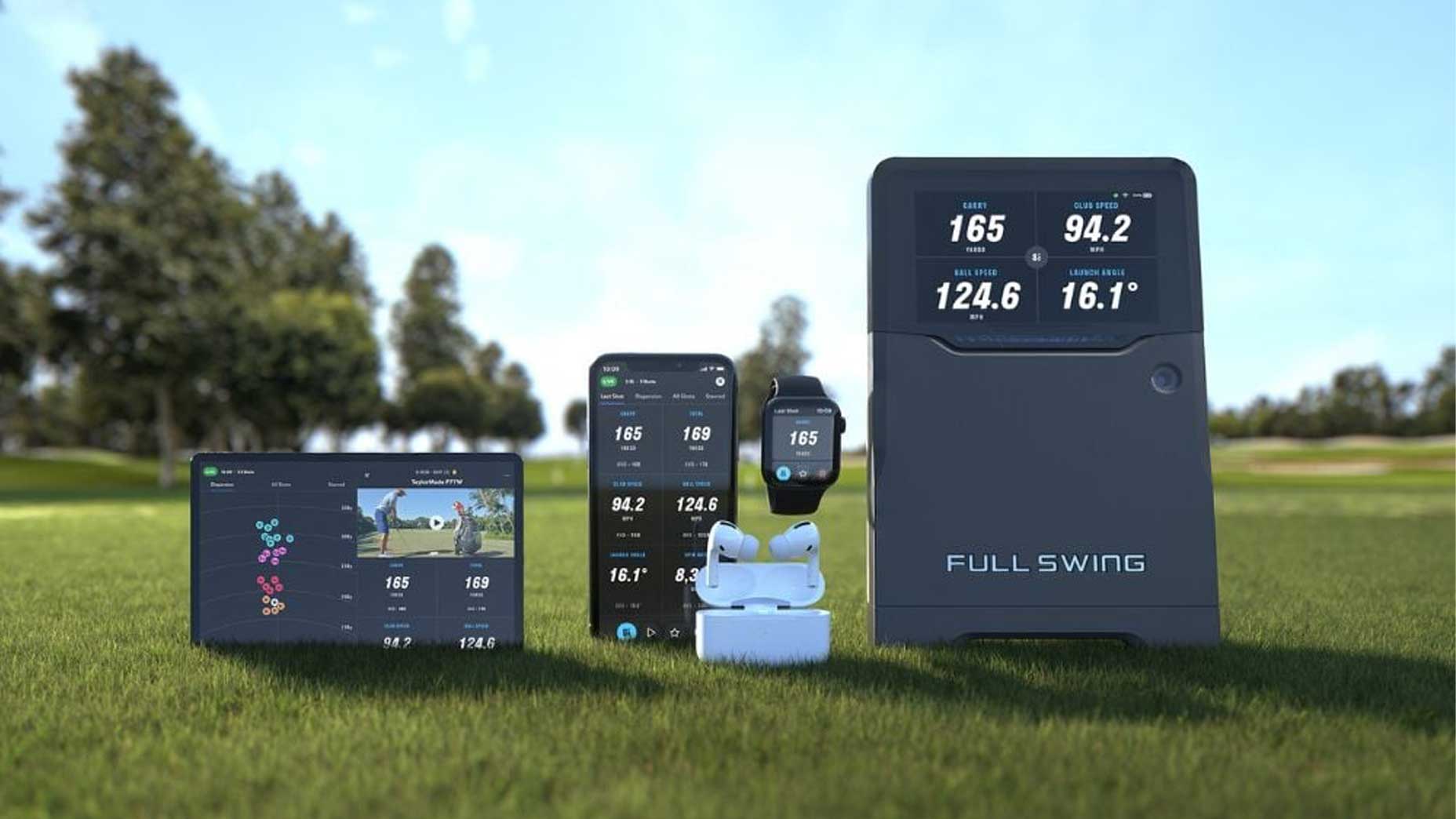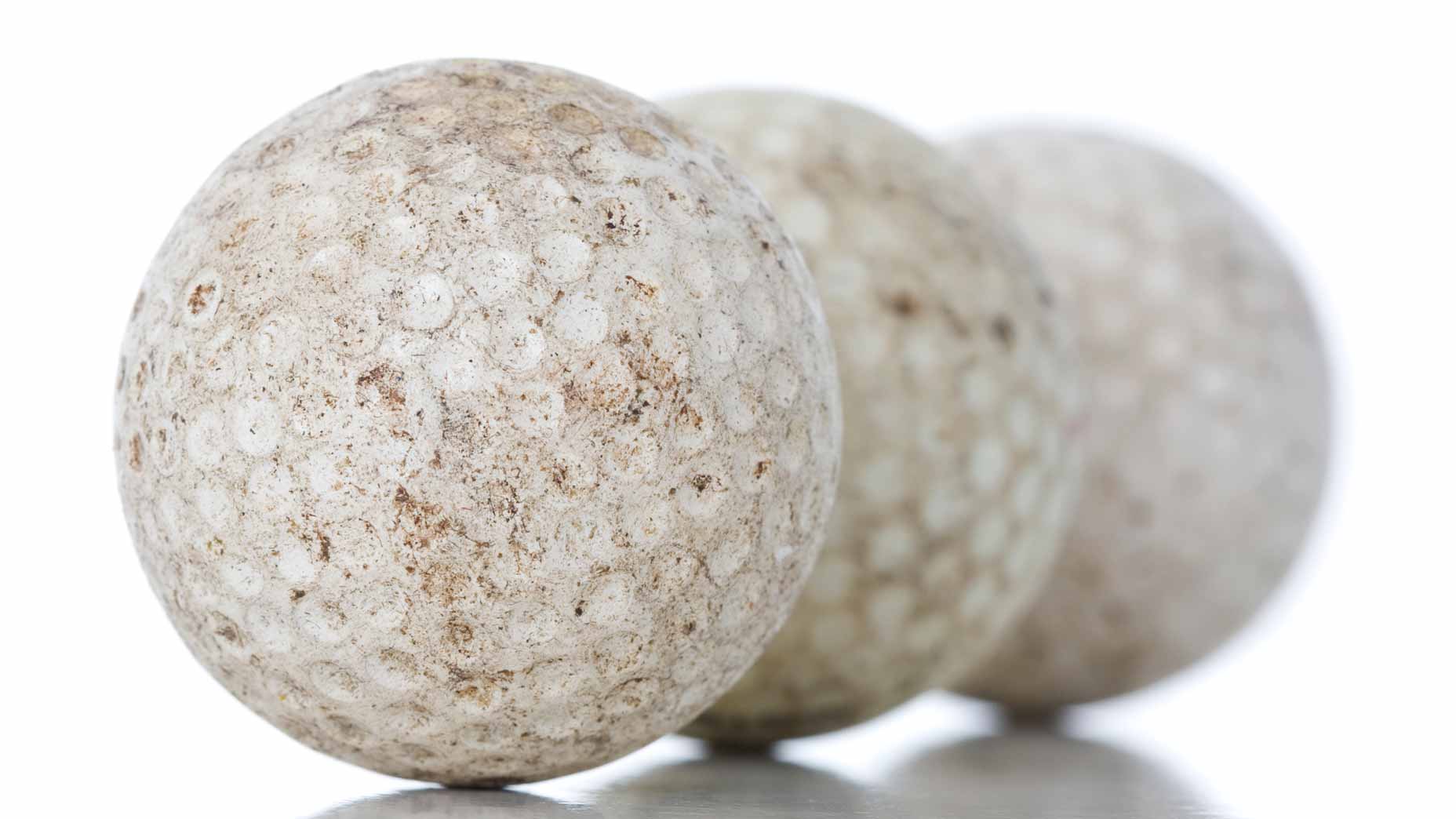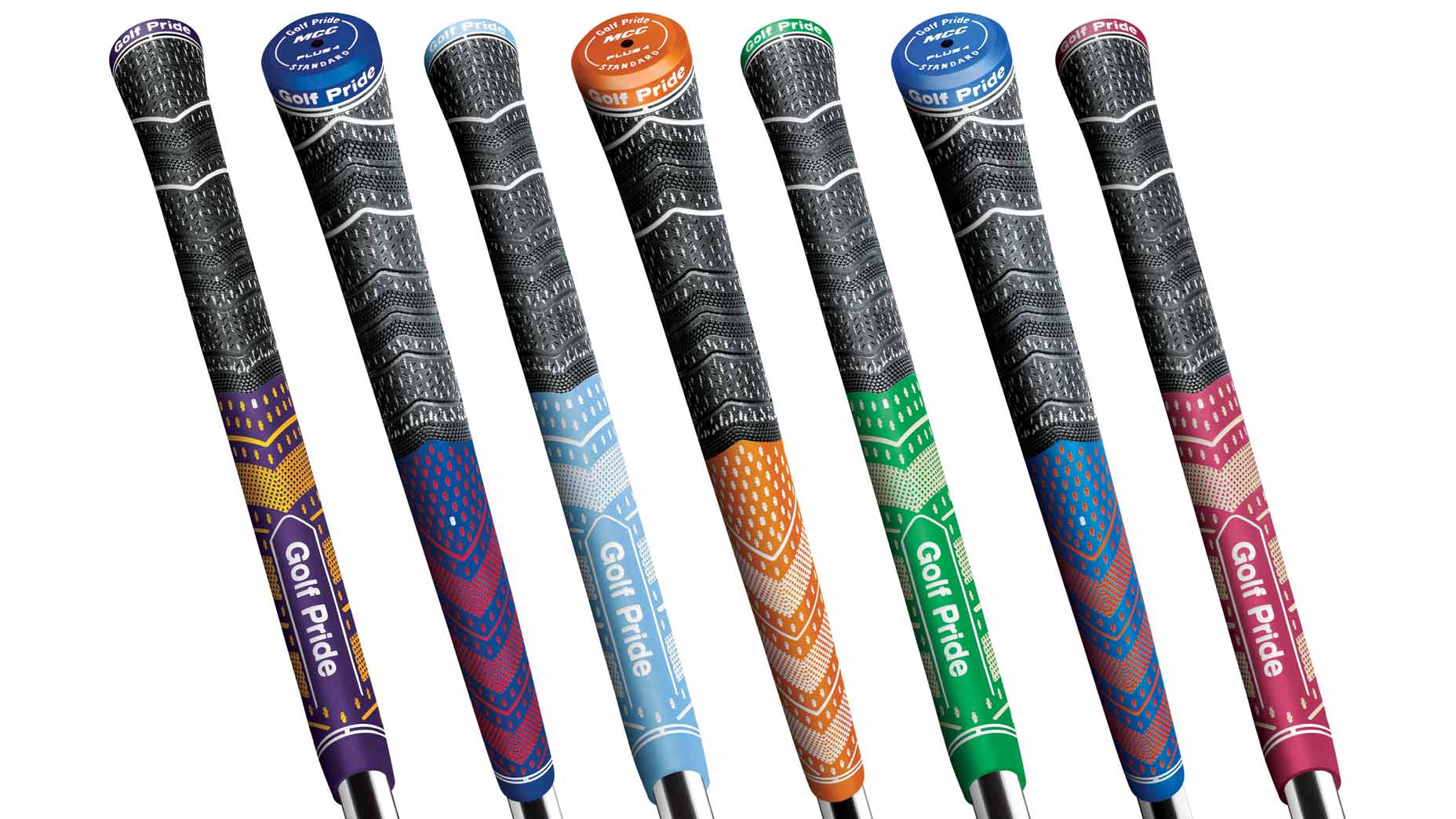Confused at the top of your golf bag? Here’s what you should know
- Share on Facebook
- Share on Twitter
- Share by Email
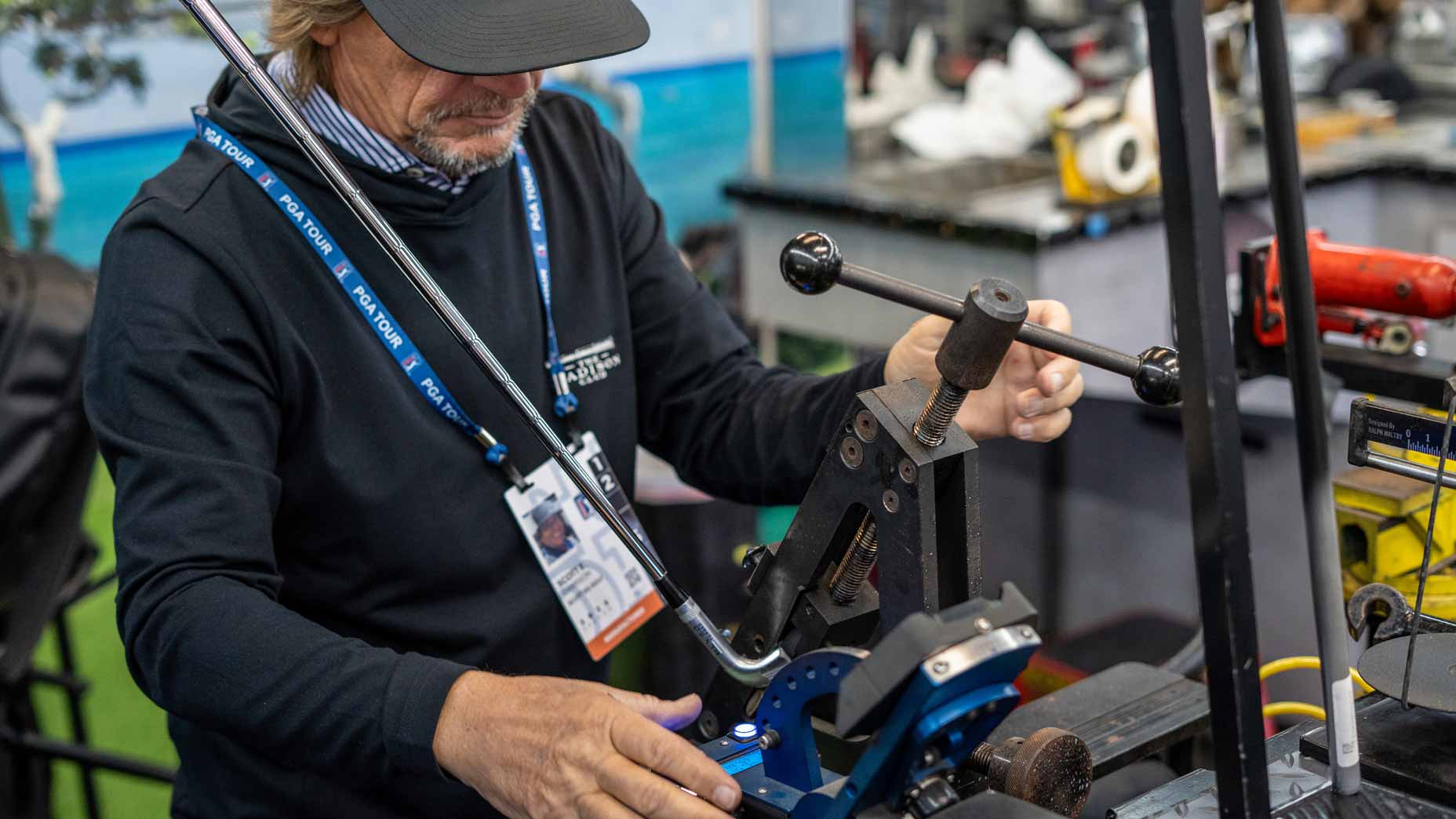
Here's what you need to know about the loft of your longest clubs.
Jack Hirsh/GOLF
The top end of the bag can be a dark and confusing place for a lot of players.
“What clubs should I play?” “I know I need a driver, but I can’t hit a 3-wood.” “Is it ‘normal’ to move from a driver to a 5-wood?”
These are all common struggles that players come to a fitting worrying about. Without an understanding of what a particular golf club does, it can be almost impossible to build a functional bag and put the right clubs in play.
If this sounds like you, a professional fitter could be your new best friend!
Is loft just a number?
Let’s talk about loft. There are several clubs out there that are built to the same static loft but will live in different categories. For example, a typical 7-wood, 4-hybrid, and 4-iron may all have 21 degrees of loft but produce some very different results. Which one is the best option for you, how do you know? Well, let’s take a look at how these clubs are different and how they can solve the long game problem in YOUR bag.
4 tips on gear (and life) I found on the PGA Tour ChampionsBy: Johnny Wunder
One of the biggest factors between these common long game options is shaft length.
– 7-woods typically have a longer shaft (around 40.5 to 41.5 inches), leading to increased clubhead speed and added distance.
– Hybrids have shorter shafts (around 39–40 inches), making them slightly easier to control but reducing overall swing speed.
– Irons will have the shortest shaft of the three options, which can help with ball striking, but the loft may make it difficult to produce a good launch window.
As a result, a 7-wood will generally carry 5–15 yards farther than a hybrid or iron of the same loft.
Clubhead design & launch angle

TaylorMade Qi35 Custom Fairway Wood
View Product
– 7-Woods have larger footprints and deeper CG placements, designed to launch the ball higher and generate more carry distance.
– Hybrids, while larger than irons, have a compact, iron-like head design that produces a lower, more penetrating ball flight. Remember, hybrids are designed to be a more forgiving iron replacement.
– Irons will have the smallest palate to get creative with repositioning weight or building in tech to help the golfer. The CG will be the highest out of the 3 options and will result in the lowest ball flight.
Because of these design differences, a 7-wood will typically land softer on greens, whereas hybrids and irons may result in a shot that lands and rolls more than you need.
Spin rates

PING G440 Custom Hybrid
View Product
I have always tried to educate players on the importance of spin and the role it plays in distance and stopping power:
– 7-woods generate more spin, leading to higher launch, higher apex heights, and softer landings.
– Hybrids of equal loft will produce lower spin than the 7-wood, which results in a flatter trajectory with additional rollout after landing.
– The 21 degree 4-iron will have the lowest spin rate and result in an even more penetrating flight than the hybrid. Unless you play the 4-iron off the tee, it will have minimal stopping power.
Turf interaction

Mizuno JPX 925 Forged Custom Irons
View Product
How each club interacts with the ground is another key variable we must consider when building out top end of the bag:
– 7-woods will perform best off fairways and light rough, thanks to their wider sole and tendency to be delivered through impact with a more neutral angle of attack.
– Hybrids can perform well in various lies, including heavy rough, tight fairways, and even bunker shots due to their iron-like leading edge. Some players will even chip around the greens with their hybrids.
– The 4-iron will have the most versatility with the thinnest sole and smallest footprint. However, it also requires the most clubhead speed to be playable.
Distance comparison
Although lofts may be identical, there will still be a distance issue that we need to address. Depending on the player, distance differences between these clubs could look something like this:
– 7-Wood (21°) → 195–225 yards (highest flight, most spin, softest landing)
– 3-Hybrid (21°) → 190–215 yards (lower flight, less spin, more roll-out)
– 4-Iron (21°) → 180–205 yards (lowest flight, least amount of spin, most roll-out)
Which one should you choose?
– Choose a 7-wood if you prefer higher launch, more carry, and softer landings on greens.
– Choose a hybrid if you need a lower ball flight, more versatility, and better playability from rough or tight lies.
– Choose a 4-iron if you have faster club head speed, naturally produce a higher ball flight, have above average spin rates, or desire a more controlled ball flight with more roll-out.
Loft can be just a number but the right club, with the right loft, can make all the difference in the world to your game. If you want to get out of the black hole that is the top of your bag, professional help is out there. Custom fitting facilities, like True Spec Golf, have a variety of options available to test and knowledgeable fitting professionals (club whisperers) to sort through all your troubled bag issues.
Looking for the right clubs for your own game? Find a fitting location near you at True Spec Golf.
Latest In Gear
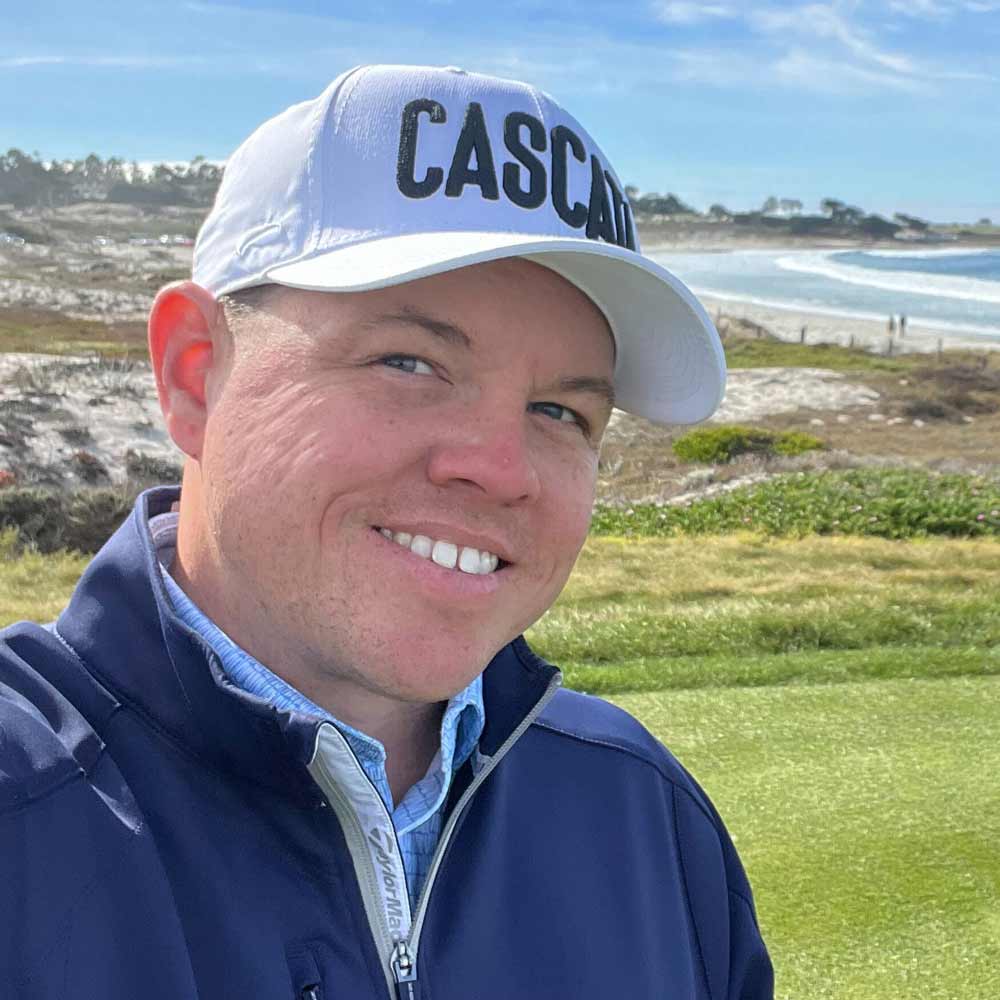
Kris McCormack
Golf.com Contributor
Building on a career that has spanned more than 20 years in the golf industry, McCormack has spent the last six years of his career serving as the Vice President of Tour and Education for True Spec Golf. During that time, he curated the training program for the True Spec fitting staff and pushed for more continuing education curriculum. As well as managing their Tour department and building relationships with a multitude of OEM partners. Prior to joining the True Spec team, McCormack worked with several of the industry-leading manufacturers as a Master level Fitting Professional. In addition to being an instructor and partnering with the Golf Channel Academy as a lead instructor and brand-agnostic Fitting Professional. He has also worked with R&D teams to assist in product design, testing, and development for a variety of gear releases. He is a golf enthusiast and lives in the gear space!


